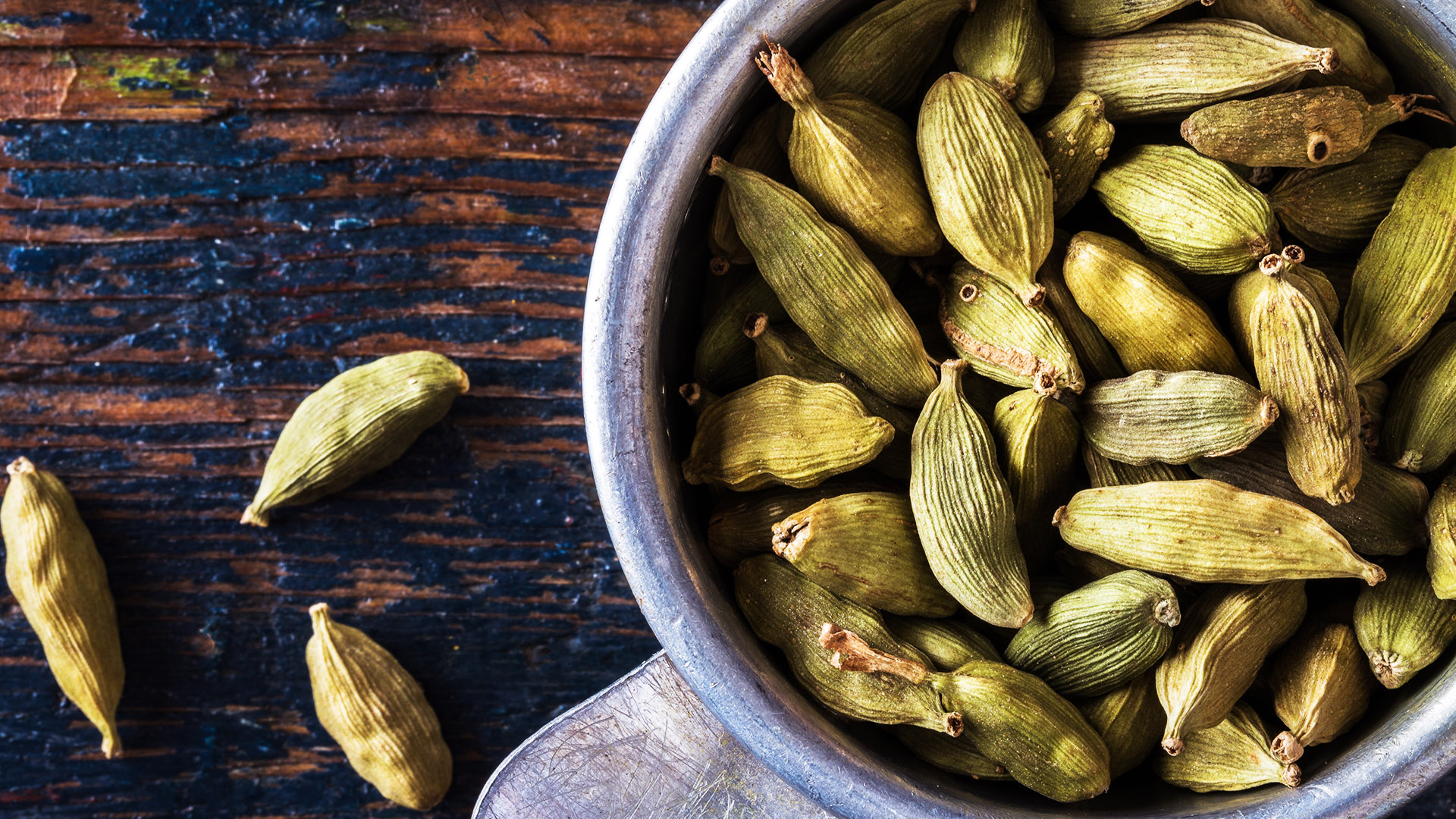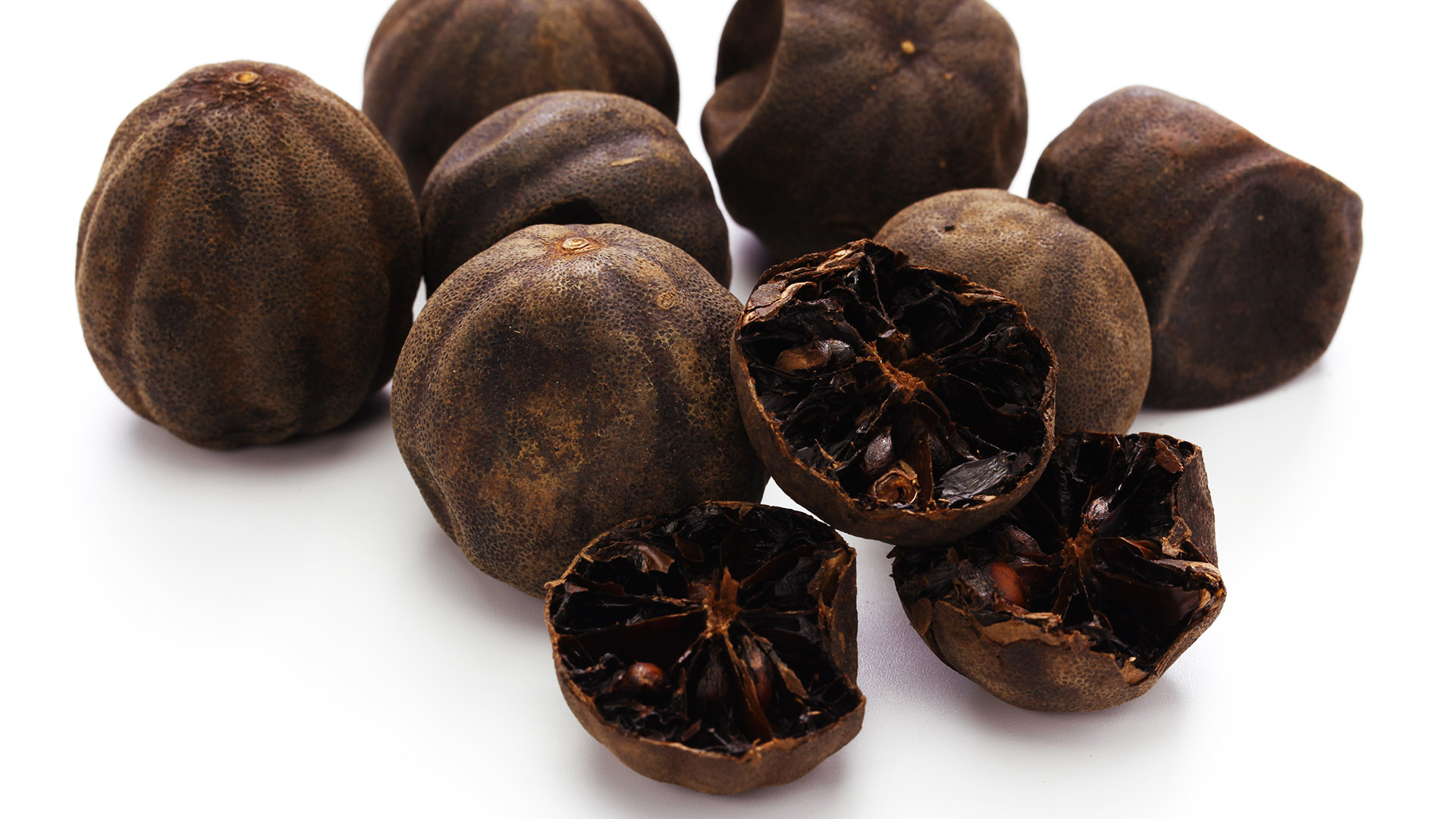Caravans passing through the ancient land route of incense transported frankincense, gold, fabrics, and spices from the Far East through what are now the ports of Yemen and Oman, passing through Saudi Arabia. The trade route in the Najran Oasis in southern Saudi Arabia branched off into several routes, one of which passed through the mountains to Egypt and the Mediterranean, and the other headed north across the desert to Mesopotamia (present-day Iraq). Spices from South Asia, the Indonesian spice islands, and the Far East made their way along this route to become an integral part of Saudi flavors.
The most notable example of how Saudi chefs have capitalized on trade routes is the famous Kabsa dish. This one-pot dish is the national dish of Saudi Arabia. It is prepared by boiling rice, chicken and lamb in a broth rich with black pepper, cloves, cumin, coriander, cardamom, saffron, cinnamon, cinnamon, black lemon, bay leaf and nutmeg. Although Saudi dishes are not spicy. they are rich in the mouth-watering flavors of the delicious spice blends used on a daily basis.
The most popular flavors in Saudi Arabia

Cardamom
As the saying goes. Cardamom is one of the oldest spices in the world. It was first cultivated in southern India and then introduced to the Middle East via trade routes more than 4,000 years ago. Evidence has been found that the ancient Egyptians chewed cardamom to sweeten their breath. Today, it is an invaluable staple of Middle Eastern pantries and adds a floral, citrus-like flavor to sweet and savory dishes. It is ground with coffee beans to produce the region’s famous coffee. Cardamom is also a key ingredient in a favorite Saudi dish known as “Saudi Risotto,” which is made by slow-cooking rice with milk and broth and garnishing it with cardamom-spiced chicken pieces.

Black lemon
It is also known as dried lemon or Omani lime. This distinctive ingredient was created out of necessity for transportation along trade routes. In order to preserve Malaysian lemons for long distances traveling overland, the lemons were dried on straw mats in Malaysia. The lemons were dried on straw mats in Oman’s ports and then transformed into a fragrant ingredient that is now a staple in Gulf cuisine. To use it in cooking. Black lemons can be pierced with a knife and added whole to stews, soups, and rice dishes. or it can be ground and mixed into spice blends.

cloves
Cloves were of great importance in ancient times due to their therapeutic qualities (antiseptic, mouth freshener, etc.), as well as their culinary uses. as well as its culinary uses. Cloves have a strong sweet-spicy flavor. and is used to perfume various dishes. from desserts to grilled meat. Clove cultivation originated on the Maluku Islands in Indonesia. It was legally forbidden to transport the plant or its seeds outside the islands. However, an Arab trader braved the dangers and brought a clove plant to the ruler of Zanzibar, where it was cultivated and spread throughout the Middle East. And in Saudi Arabia. this spice is used in a variety of dishes. from Kabsa to coffee.

Cumin
This spice originates from the Mediterranean coast in northwestern Saudi Arabia and southern Asia in the east. so it makes sense that it has different names. In India and Pakistan, cumin is known as jeera, in Iran and Central Asia as zira, in northwest China as zeran, and in Saudi Arabia as cumin. This popular spice likely traveled through Saudi Arabia in both directions. Nowadays this flavorful spice is used in most of Saudi Arabia’s delicious rice dishes, grilled meat recipes, stews and spice blends, making it the second most popular spice after black pepper

Comment (0)